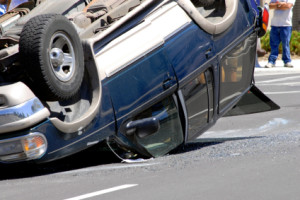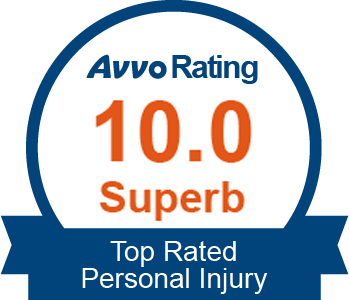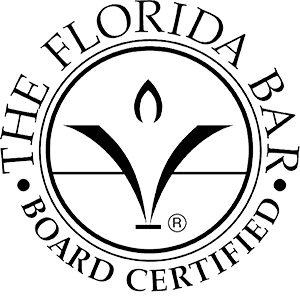Auto Related RSD
Automobile related Reflex Sympathetic Dystrophy Syndrome, or auto related RSD, is a chronic health disorder affecting a person’s nerves. Auto related RSD affects specific areas of the body that have sustained injury from a vehicular accident. Auto related RSD is usually found on an arm or leg of a person. The symptoms include burning sensation, excessive sweat, changes in the skin and sometimes bone, tissue swelling and sensitivity to touch.

Causes of Auto Related RSD
Auto related RSD is most likely to be sustained from a high impact collision in a motor vehicle. The high impact increases the likelihood of nerve damage as an injury. Auto related RSD is a complex disorder thought to be originated in the nerve cells of a person. It is the nerve dysfunction of auto related RSD that causes the person’s body to react unusually to the condition.
There are many cases of auto related RSD that do not become evident until several months after the actual injury has occurred. When a health problem does not immediately show symptoms this is referred to as a dormant stage in the disease. Auto related RSD will later manifest itself without showing signs of any injury. Auto related RSD is often misdiagnosed because of a lack of apparent injury.

The specific causes and mechanisms of auto related RSD are largely unknown. The most common theory about why people develop auto related RSD is that irritation or unusual excitation of the nervous tissue causes abnormal impulses in the nervous system. These abnormal impulses affect the involuntary nervous system, peripheral nerves and the central nervous system, including the brain. These changes in nervous system function cause the body to react to an injury that is not actually there.
Symptoms of Auto Related RSD
The onset of auto related RSD can be rapid or gradual. Many symptoms of the condition do not display themselves for all patients. Auto related RSD can be bilateral, involving both sides of the body, although many cases only affect one side of the body. Auto related RSD can also spread to different parts of the body. Auto related RSD presents itself in multiple stages. Early diagnosis improves the chances of treatment outcome from auto related RSD.
Symptom stages of auto related RSD:
Acute Stage – The acute stage of auto related RSD lasts the first one to three months. Within the first one to three months, auto related RSD displays symptoms such as warmth or coolness, burning pain, increased touch sensitivity, edema, increased pain, spasms, and tenderness or stiffness.
Dystrophic Stage – The second stage of RSD is called the dystrophic stage. The dystrophic stage lasts from three to six months from onset. At this stage, the patient is in constant pain. Many symptoms of the first stage are still present in the second stage. The affected limb might also remain edematous.
Mental problems such as short-term memory loss, inability to concentrate and difficulty with speech may become a problem in the second stage, as well. The limb may become discolored and mottled, nails might be rigid and brittle, and muscle wasting may occur. The patient might also experience increased pain from noises and vibrations from changes in the limbic system. X-rays might show signs of osteoporosis.
Atrophic Stage – The third stage of RSD is called the atrophic stage. This stage of the condition can last an indeterminable amount of time. If the patient has had the condition for more than 3 years, the pain levels will more than likely remain constant unless there is another incident causing injury. Although even at this stage pain levels can move up or down. Similar symptoms occur in the third stage as in the first two stages. The disease may also spread to other parts of the body.
Tissue damage becomes a more prominent issue. The skin becomes thin, cool and shiny. Atrophy and contraction of the limb are also likely. The patient may experience loss of limb mobility and marked demineralization from osteoporosis. Treatments are also less effective at this stage because most of the pain signals are from the brain and not the site of injury.
Sources:
"Four Stages of CRPS." American RSDHope. N.p., n.d. Web. 14 Sep 2013. <http://www.rsdhope.org/crps-stages.html>.
Marshall, A. T., and A. J. Crisp. "Reflex sympathetic dystrophy." Oxford Journals - Rheumatology. 39.7 (2000): 692-695. Web. 14 Sep. 2013. <http://rheumatology.oxfordjournals.org/content/39/7/692.full>.
Verdicts & Settlements
| $15 Million | Wrongful Death & Auto Accident | (Verdict) |
| $8.9 Million | Roadside Construction Litigation | (Settlement) |
| $7 Million | Serious Personal Injury | (Settlement) |
| $5.9 Million | Serious Personal Injury | (Verdict) |
| $4.2 Million | Complex Multi-Party Litigation | (Settlement) |
| $3.2 Million | Brain and Spinal Cord Injury | (Settlement) |
| $2 Million | Wrongful Death & Trucking Accident | (Verdict) |
| $1.1 Million | Severe Auto Accident | (Settlement) |







